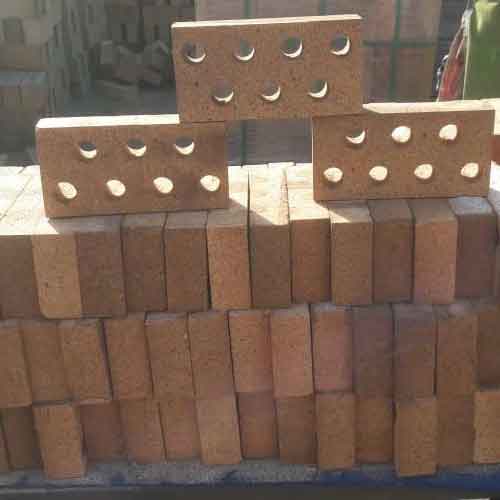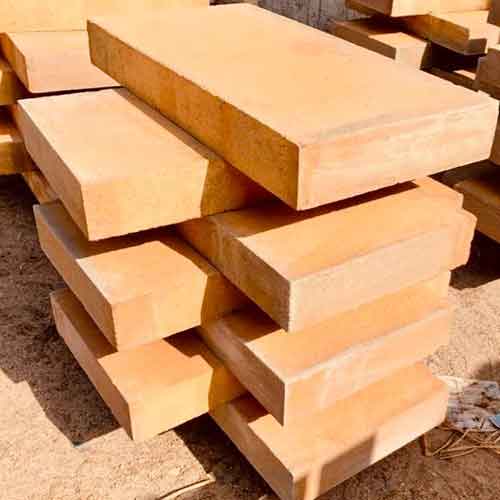Classification
Fireclay bricks, with an alumina content ranging from approximately 28% to 45%, are categorised into four categories: Low Duty Fireclay Bricks, Medium Duty Fireclay Bricks, High Duty Fireclay Bricks, and Super Duty Fireclay Bricks. Detailed information on each type is provided below.
- Low Duty Fire Clay Bricks:
Content: Low duty fire clay bricks typically have an alumina content of around 28% to 30%.
Working Temperature: These bricks can withstand working temperatures up to approximately 1,100°C to 1,200°C (2,012°F to 2,192°F).
Application: Mainly used for fireplace, chimneys, and also used as back up bricks.
- Medium Duty Fireclay Bricks:
Content: Medium duty fireclay bricks contain around 30% to 35% alumina.
Working Temperature: These bricks can endure working temperatures between 1,200°C to 1,400°C (2,192°F to 2,552°F).
Application: Mainly used as backup linings, and also for lower-temperature ceramic kilns and chimneys.
- High Duty Fireclay Bricks:
Content: High duty fireclay bricks from Horizon Refractories typically have an alumina content ranging from 35% to 40%.
Working Temperature: These bricks can withstand working temperatures of up to 1,400°C to 1,500°C (2,552°F to 2,732°F).
Application: Widely used for boilers, ceramic kilns, chimneys and back-up linings.
- Super Duty Fireclay Bricks:
Content: Super duty fireclay bricks contain a high alumina content, typically between 40% and 45%.
Working Temperature: These bricks can withstand extremely high temperatures, up to 1,500°C to 1,600°C (2,732°F to 2,912°F).
Property: good strength, refractoriness, volume stability at high temperatures, superior resistance to cracking or spalling during rapid changes of temperature.














